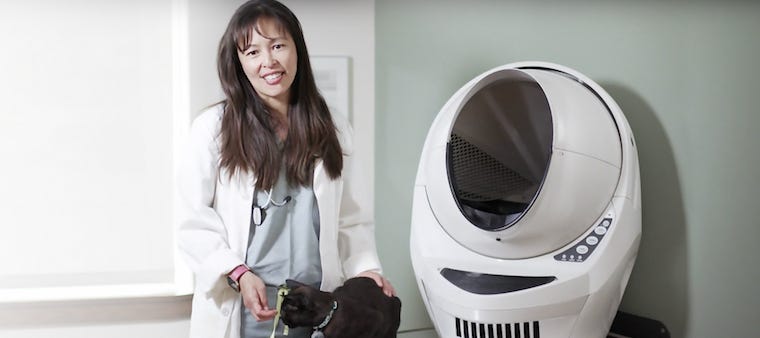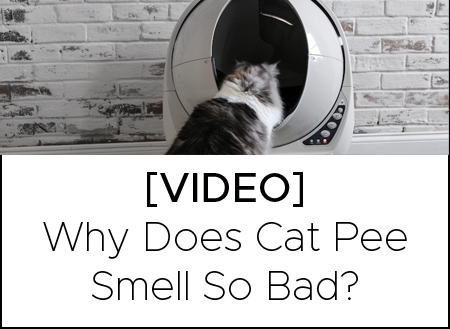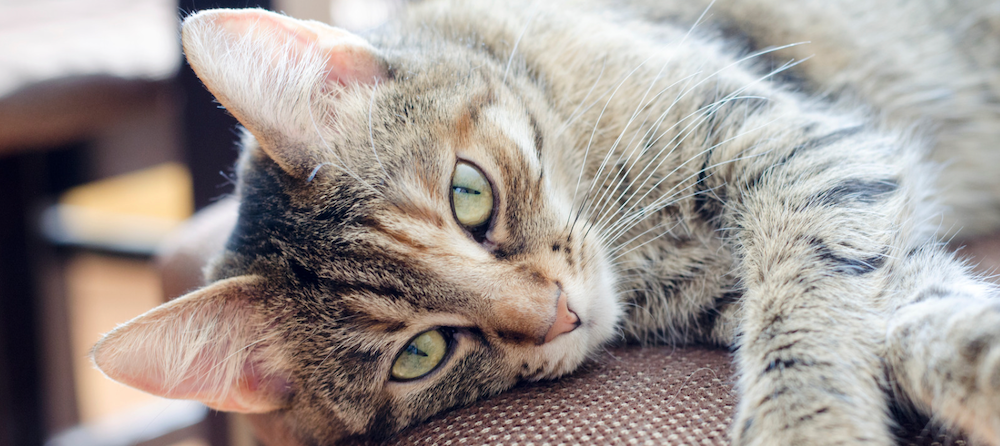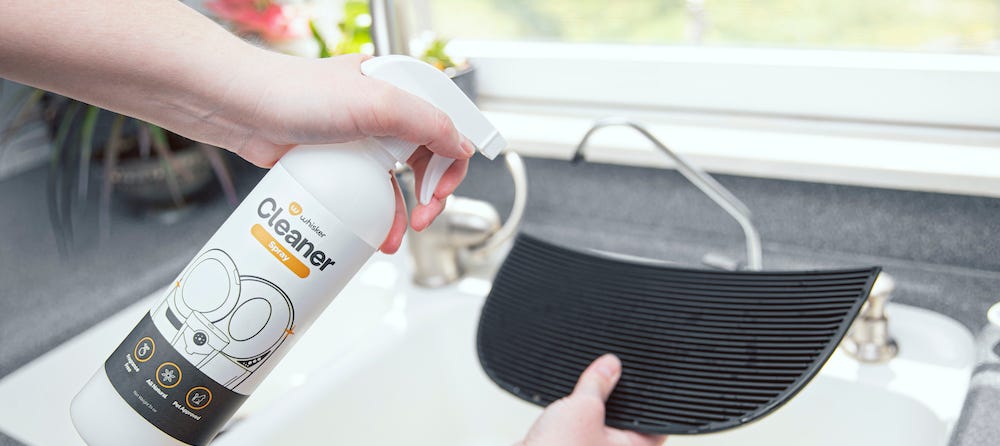Is your cat sneezing? Do you think that your cat has a cold? Well, read on to learn about an upper respiratory infection in cats (more commonly known as the “URI”). In this two-part blog post, I’ll review what you need to know about your cat’s “cold!”
As a heads up, if you just adopted a cat from a shelter (or purchased one from a breeder), you should be aware that your cat will likely break with that dreaded URI—upper respiratory infection—in just a few days.
What is a URI?
An upper respiratory infection in cats is the equivalent of a “common cold” in humans, although the underlying causes are different. Feline upper respiratory infections (URIs) are a common cause of sneezing, fever, runny eyes, and conjunctivitis in cats.
In humans, common colds are typically due to viral infections (which is why you don’t need antibiotics for them!), and are seen more commonly in the winter months (1,2). In cats, URIs are also often due to viral infections; however, they can sometimes be due to bacteria, too (or result in a secondary bacterial infection). Unlike humans, cats are more at risk of developing a URI during the spring and summer. That’s because cats are outside roaming, kittens are born, and more cats are presented to the shelter.
Causes of feline URI include viruses and bacteria, such as:
- Feline calicivirus (FCV)
- Chlamydia, a bacterium
- Feline herpesvirus (FHV-1)
- Rarer bacterial organisms such as Bordatella bronchiseptica or Mycoplasma
Unfortunately, an upper respiratory infection in cats is extremely infectious and contagious, and is more often seen in those living with unsanitary conditions (ineffective disinfection), crowded conditions (shelters, catteries, hoarding situations), stress (outdoor farm cat), immunosuppression (feline leukemia or feline immunodeficiency virus), and more.
How does a cat catch a URI?
So, how does my cat catch a URI? Don’t worry—even though URIs are often from a “herpesvirus,” it’s not sexually transmitted, nor is it contagious to you! Transmission occurs when your cat is exposed to certain bodily fluids (such as discharge from the eyes and nose), and, less significantly, by aerosolization (sneezing) (3). Exposure often occurs when a new cat is brought into an environment. As a result, the other cats in the household may be directly exposed. For example, if you just adopted a kitten, you may find your 10-year-old cat all of a sudden sneezing, too. That’s how contagious it is.
Are certain breeds at increased risk? While no specific breed is at increased risk for URIs, the following are more likely to be exposed:
- Young kittens that are immunosuppressed (due to an immature immune system)
- Cats with underlying infection [e.g., feline leukemia (FeLV), feline immunodeficiency virus (FIV)]
- Feline infectious peritonitis (FIP)
- Cats housed with exposure to other cats (such as shelters, catteries, outdoor feral cats)
Symptoms of a URI
So, what signs is my cat going to show with a URI? With an upper respiratory infection in cats, several organ systems are affected—predominantly the respiratory tract (resulting in sneezing, clear to green discharge from the nose, difficulty breathing, etc.) and the eyes (resulting in runny eyes, squinting, ocular pain, pus from the eyes, conjunctivitis or “pink eye,” and even severe ulceration or injury to the cornea/surface of the eye). Less commonly, the gastrointestinal tract, the skin, the reproductive tract, and the musculoskeletal tract can be affected by URIs (1,2). Typically, when kittens or adult cats are exposed to URIs, it results in a common upper respiratory infection affecting the nose, eyes, mouth, and throat region. This can result in matted-shut eyes and—if untreated—even blindness secondary to severe corneal injury (the clear “surface” part of the eye).
Signs of a URI can be seen within 2-5 days of exposure (1,2), and can take an average of a week or more to go away (3). Note that some cats occasionally have relapses of clinical signs even years later, as the virus is latent (or hides in the body). Just like when you get a cold sore when you’re stressed (from a herpesvirus), you’ll notice it comes back years later when you get stressed again. Well, same with a URI: If your cat was adopted and developed a URI as a young kitten, you may notice the next time something stressful happens—like going on a 5-hour car trip to visit Aunt Mabel—your cat will come back sneezing. That’s how long the virus can potentially hide in the body!
Signs that your cat has a “cold” or URI include:
- Not eating
- Lethargy or not moving much
- Sneezing
- Fever
- Clear to yellow or green discharge from the nose and eyes
- Louder breathing (e.g., snoring-like sounds)
- Increased respiratory effort
- Hiding
- Drooling
- Difficulty chewing food
- Ulcerations on the nose, lips, tongue, and palate
- Conjunctivitis or “pink eye”
- Squinting of the eyes due to corneal ulceration
- Skin irritation near the nose (dermatitis)
- Difficulty breathing due to secondary pneumonia
- Lameness (rare)
- Weight loss
- Dehydration
- Death (rare)
If your cat is eating, drinking, and occasionally sneezing, there is no need to visit the veterinarian. However, if the signs are more severe, and your cat has excessive discharge from the eyes or nose (especially if it’s green or yellow), isn’t eating, is squinting or holding the eyes shut, or is drooling a lot, please get to the veterinarian so that we can treat the URI. Later this month, we’ll talk specifically about what your veterinarian is going to test for and how we’ll treat an upper respiratory infection in cats!
References
- Scott FW. Feline Calicivirus Infection. In Blackwell’s Five-Minute Veterinary Consult: Canine & Feline. Eds. Tilley LP, Smith FWK. 2007, 4th ed. Blackwell Publishing, Ames, Iowa. pp. 476-477.
- Norsworthy GD. Feline Rhinotracheitis Virus Infection. In Blackwell’s Five-Minute Veterinary Consult: Canine & Feline. Eds. Tilley LP, Smith FWK. 2007, 4th ed. Blackwell Publishing, Ames, Iowa. pp. 496-497.
- Feline Upper Respiratory Infection. Accessed December 1, 2013 at: http://www.sheltermedicine.com/node/45
Recommendations








